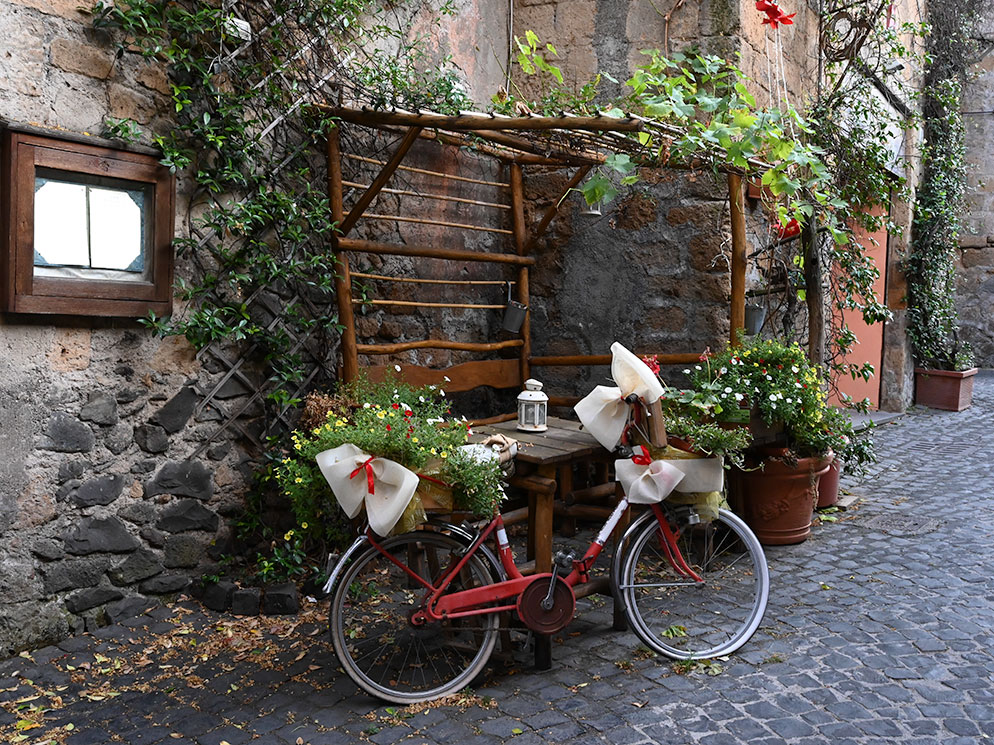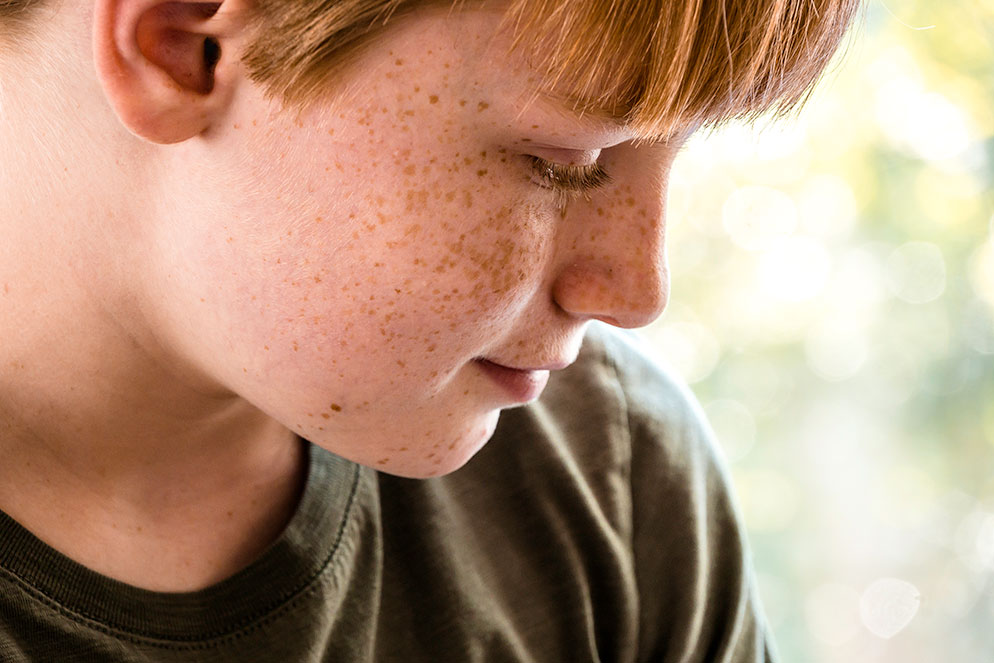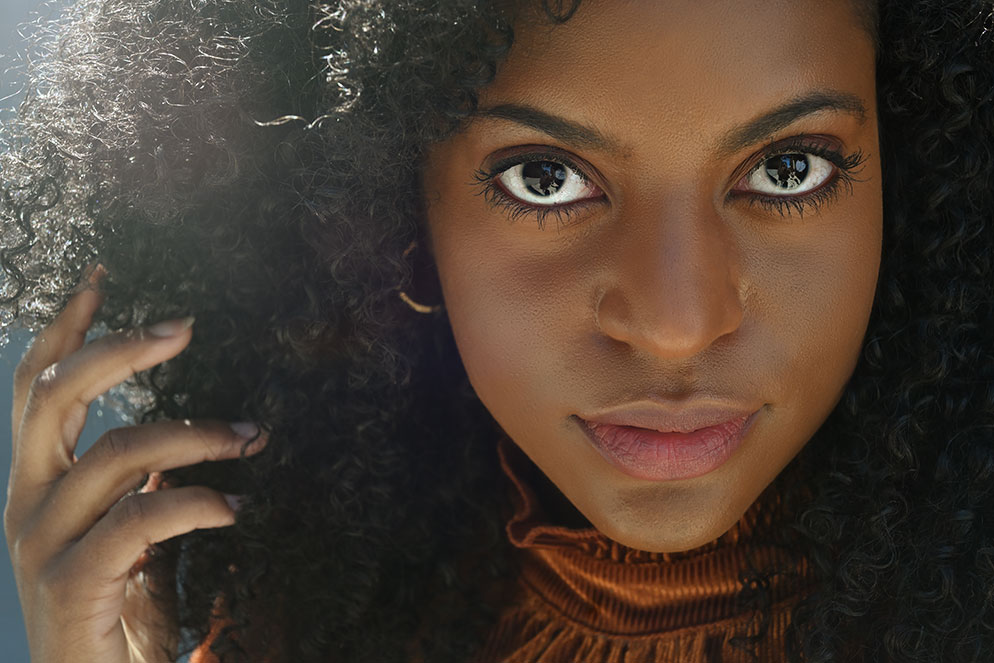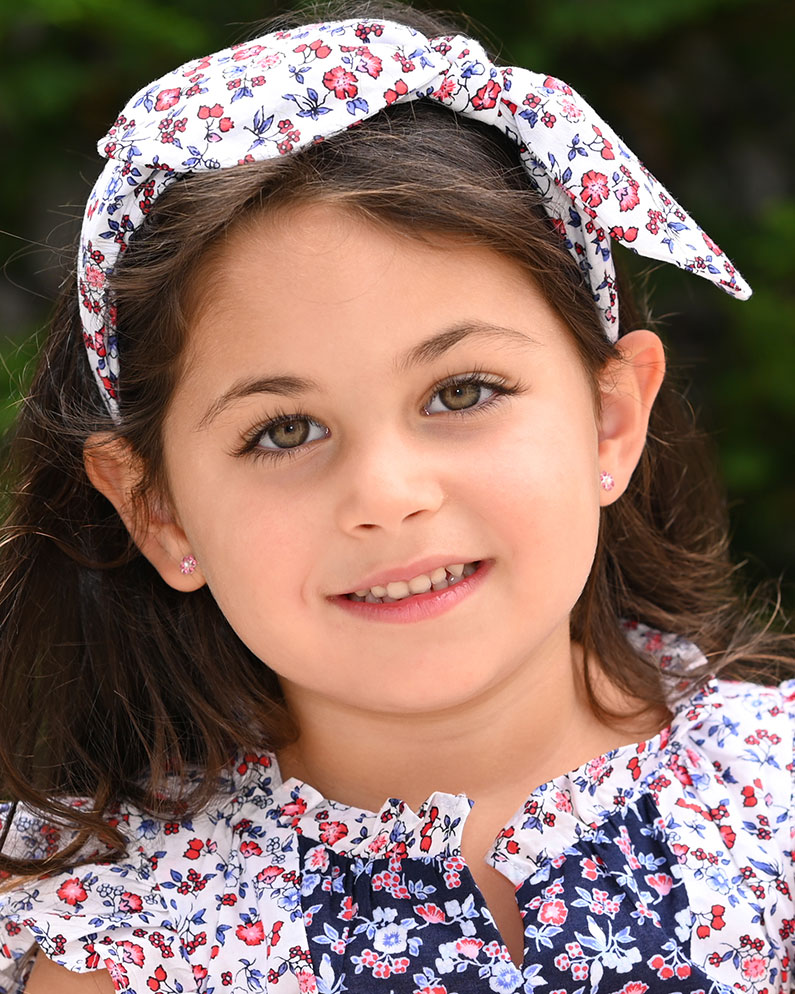How to Choose Your Next Mirrorless Lens
Affordable lens options for your Z series camera
NIKKOR Z 24-70mm f/4 S lens on a Z 6 camera. This lens is often bundled with full-frame/FX format camera bodies and covers a wide to normal zoom range, ideal for many subjects.
Updated October 2025
Chances are your Nikon Z mirrorless camera came with a kit lens, whether it was the NIKKOR Z 24-70mm f/4 S lens, NIKKOR Z DX 16-50mm f/3.5-6.3 VR lens, NIKKOR Z 24-50mm f/4-6.3, NIKKOR Z DX 50-250mm f/4.5-6.3 VR or the NIKKOR Z 24-200mm f/4-6.3 lens. The versatile zoom lenses that are often bundled with cameras aim to immediately put a camera and lens combination in your hands that'll capture the variety of subjects and situations a mirrorless creator—photographer or filmmaker—like yourself is likely to encounter.
As you explore digital photography more and more, you may discover that there's one specific type of image—or video—that especially captures your imagination. Mirrorless cameras utilize interchangeable lenses—which means you can swap one lens for another depending on what you want to achieve.
There are dozens of mirrorless NIKKOR Z lenses to choose from. The lenses included in this article are all under $1,000.
NIKKOR Z DX 18-140mm f/3.5-6.3 VR lens is a great all-in-one option with its large focal length range. It is ideal for APS-C size/DX format Z series cameras.
Get in closer with a telephoto lens
Want to increase the reach to be able to photograph wildlife or other subjects that are some distance away? A telephoto lens would be what you’d want. More specifically, a telephoto zoom lens will give you more versatility and flexibility in creating images and video.
NIKKOR Z 24-200mm f/4-6.3 lens on a Z fc camera body. The zoom range of the lens offers users a wide range of focal lengths that would suit many shooting situations.
All-in-One lens
All-in-one lenses are great for those creators who like to keep a camera with them wherever they go but who don’t want to carry multiple lenses. One lens will give you the option of shooting from wide to standard to telephoto and everywhere in between. Capture that majestic vista or isolate your subject from the background and get closer to the action with just one lens.
Nikon’s mirrorless lenses that fall into the all-in-one category include:
NIKKOR Z DX 18-140mm f/3.5-6.3 VR is a great all in one lens offering an ultra-wide focal length of 18mm through the telephoto zoom of 140mm. This lens is ideal for APS-C size/DX format cameras. It can also be used on a full-frame/FX format camera and would effectively become a 27-210mm focal length.
NIKKOR Z 24-200mm f/4-6.3 VR lens with a wide 24mm through 200mm telephoto zoom. This lens is ideal for full-frame/FX format cameras and compatible with APS-C/DX format camera bodies too, effectively becoming a 36-300mm focal length lens. You can also achieve this focal length by setting a full-frame/FX format camera to DX crop mode.
NIKKOR Z MC 50mm f/2.8 lens is a macro lens that gives you a full size, 1:1 ratio (life-size) reproduction. It is a great option for both APS-C size/DX format or full-frame/FX format cameras.
Macro lenses
Are you more interested in the close-up world of nature or the small details of everyday life? Then a Micro-NIKKOR lens, like the NIKKOR Z MC 50mm f/2.8 or NIKKOR Z DX MC 35mm f/1.7 lens is ideal for you. These lens will get you close enough to reproduce images at life-size. Capture the delicate details of flowers, diminutive creatures like bees, butterflies, other insects and more.
NIKKOR Z 40mm f/2 lens is a full-frame/FX format lens with a maximum aperture of f/2, ideal for low light situations.
Lenses for low-light shooting
In most cases, the speed of your kit lens—that is, its maximum aperture—will be suitable for average lighting conditions, but if you often find yourself shooting in low-light situations, there are prime lens and zoom lens options that will fit the bill.
The NIKKOR Z 28-75mm f/2.8 lens is an affordable option for those who want to be able to create photos and videos with the beautiful bokeh and faster shutter speeds that large aperture lenses are known for.
The NIKKOR Z 26mm f/2.8 pancake lens is not only a great option for for shooting in low light, but its so compact and portable, you won’t want to leave home without it. As the ideal street lens, it can feel natural like the view your eyes see or highly artistic, depending on your framing.
The NIKKOR Z 50mm f/1.4 is also a popular lens for shooting with APS-C size/DX format cameras as well as full-frame/FX format mirrorless, offering almost the exac t field of view that the human eye sees. The fast f/1.4 aperture makes it ideal for low-light situations.
The NIKKOR Z DX 16-50mm f/2.8 VR lens is similar to the 16-50mm kit lens but this lens offers a wider aperture of f/2.8 for better low-light shooting.
NIKKOR Z 14-30mm f/4 S lens is a wide-angle full-frame/FX format zoom lens that is ideal for landscapes and cityscapes.
Wide-angle lenses
A few other options for low-light shooting that are also ideal for those folks who want to capture the great outdoors (or indoors) are the NIKKOR Z 24mm f/1.7 and NIKKOR Z 35mm f/1.4 lenses. These offer an even larger maximum aperture than the lenses mentioned above and let you capture wide expansive landscapes or cityscapes or include a subject within their environment.
The NIKKOR Z 17-28mm f/2.8 is an ultra-wide-angle zoom lens that will let you get into tight working spaces or capture the viewpoint of vast open landscapes.
The NIKKOR Z 12-28mm f/3.5-5.6 PZ VR is a great option for video shooters, as it features a Power Zoom.
NIKKOR Z DX 16-50mm f/3.5-6.3 VR lens is a wide-angle to standard telephoto lens.
People person
If you're a people person, consider the NIKKOR Z 85mm f/1.8 S, a medium telephoto prime lens that's ideal for portraits as well as general and low-light shooting.
The NIKKOR Z 40mm f/2 is a great all-around lens with a natural angle of view, and its compact size means it’s a lightweight option to keep on your camera all of the time. This maximum aperture of this lens will also let you create content with beautiful bokeh wide open, allowing your subject to stand out from the background.
Ultimately, knowing which lens is the next lens for you is really a matter of first figuring out the type of photography you love and then following your passion to create!
Nikon offers a variety of lenses for the mirrorless Z system lens options—prime lenses, zoom lenses from wide-angle to super-telephoto, macro and more—many affordable options for your needs.
NIKKOR Z 85mm f/1.8 S lens is a prime lens with the ideal focal length for portrait photography, along with its fast maximum aperture of f/1.8 which makes it useful in low light situations.
NIKKOR Z DX 16-50mm f/3.5-6.3 VR lens on a Z 30 mirrorless camera body. APS-C size/DX format lenses are ideal for cameras such as the Z 30.














